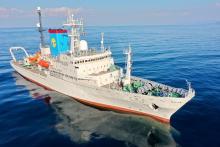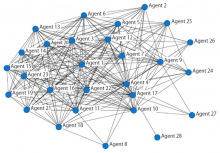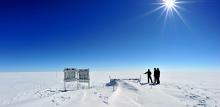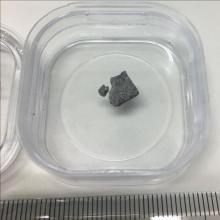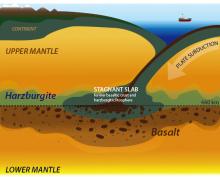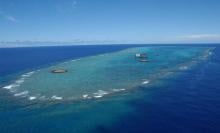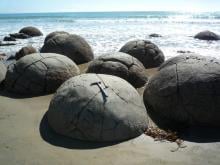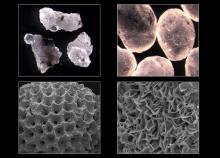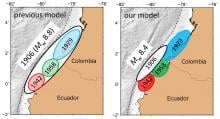Earth Sciences Geophysics
News
10 Feb 2023
Hydrothermal vents have been identified as a previously undiscovered source of dissolved black carbon in the oceans, furthering the understanding of the role of oceans as a carbon sink.
30 Mar 2022
A simulation of stakeholder interactions around geothermal development in Japan provides an agent-based modeling tool for understanding how achieving community consensus is achieved.
07 Dec 2020
A team of researchers understands more about the melting of the Greenland ice sheet. They discovered a flow of hot rocks, known as a mantle plume, rising from the core-mantle boundary beneath central Greenland that melts the ice from below.
27 Sep 2020
Researchers have shaken up a once accepted timeline for cataclysmic events in the early solar system. Geological and geochemical records indicate that the Earth-Moon system experienced a period of frequent and cataclysmic impacts from asteroids and other bodies. It was thought that this period had a relatively sudden onset, but the researchers have found evidence that this bombardment period may have started much earlier, and decreased in intensity over time.
31 Jan 2019
Laboratory experiments at extreme pressures and temperatures lead to precise measurements of the sound velocity of CaSiO3 perovskite which is one of the important constituent minerals in the Earth's mantle. The measurements suggested the accumulation of the subducted oceanic crust beneath the 660 km discontinuity.
24 May 2018
A highly precise method to determine past typhoon occurrences from giant clam shells has been developed, with the hope of using this method to predict future cyclone activity.
02 May 2018
Researchers at Nagoya University resolve the formation mechanism of “spherical carbonate concretions” and find they form much more rapidly than previously recognized.
04 Dec 2017
A new soil classification, and tools to implement it, helps understanding of the properties of the ground underpinning geo-engineering projects.
27 Apr 2017
A Nagoya University-led team reveals the mechanisms behind different earthquakes at a plate boundary on the west coast of South America, shedding light on historical seismic events and potentially aiding prediction of the future risk from these natural disasters.
Events
Sorry, nothing coming up for this discipline
Researchers
Sorry, nothing coming up for this discipline
Giants in history
Sorry, nothing coming up for this discipline



